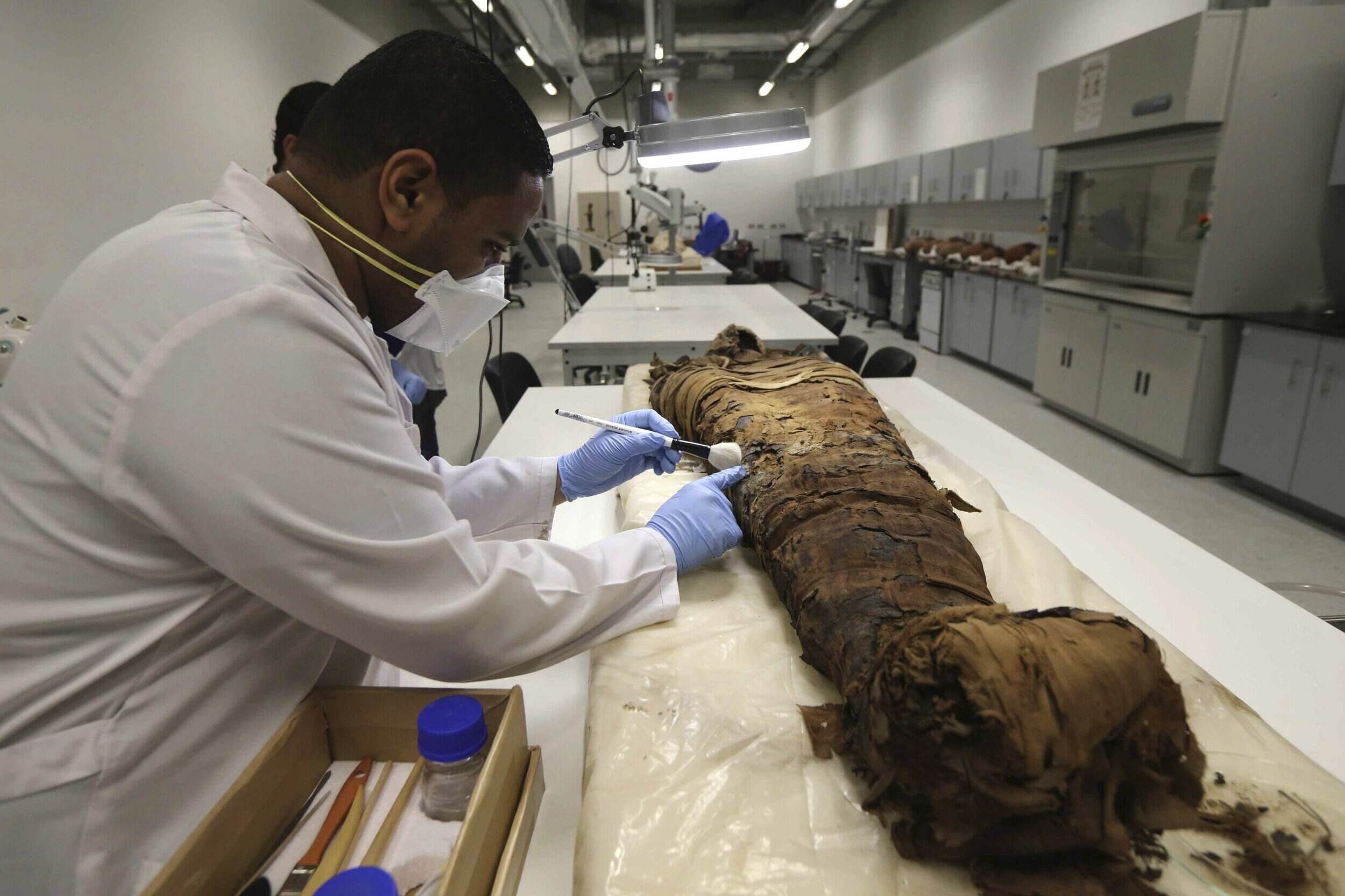
Who was the King of France? The King of France statue, an iconic piece of art, has intrigued many with its rich history and intricate details. This statue, often associated with grandeur and power, represents a significant era in French history. But what makes it so special? Is it the craftsmanship, the historical significance, or perhaps the stories it silently tells? In this blog post, we will delve into 19 fascinating facts about this majestic statue. From its origins to its present-day location, each fact will unravel a piece of the puzzle, giving you a deeper understanding of its importance. Ready to uncover the secrets of the King of France statue? Let’s get started!
Key Takeaways:
- The King of France statue, commissioned by King Louis XIV, symbolizes power and resilience. It was melted down during the French Revolution but later replaced, showcasing the enduring legacy of French art and culture.
- The statue, standing at 4.5 meters, depicts King Louis XIV in Roman attire, holding a scepter and mounted on a noble horse. It continues to inspire artists and captivate visitors, serving as a reminder of France's rich history.
The King of France Statue: A Historical Marvel
The King of France statue is a fascinating piece of art with a rich history. This statue has intrigued historians, art lovers, and tourists alike. Let's dive into some captivating facts about this iconic sculpture.
Origins and Creation
Understanding the origins of the King of France statue provides insight into its significance and craftsmanship.
- The statue was commissioned in the 17th century by King Louis XIV, also known as the Sun King, to celebrate his reign and achievements.
- It was crafted by the renowned sculptor François Girardon, who was a leading figure in French Baroque art.
- The statue was originally placed in the Place des Victoires in Paris, a square dedicated to the king's military victories.
- Made from bronze, the statue stands at an impressive height of 4.5 meters, showcasing the grandeur of the French monarchy.
Symbolism and Design
The design and symbolism of the statue reflect the power and authority of the French king.
- The statue depicts King Louis XIV in Roman attire, symbolizing his connection to the ancient Roman emperors and their legacy.
- He is shown holding a scepter and wearing a laurel wreath, both symbols of victory and divine right to rule.
- The horse on which the king is mounted represents strength and nobility, further emphasizing his royal status.
- Intricate details, such as the king's flowing robes and the horse's dynamic pose, highlight the skill and artistry of Girardon.
Historical Significance
The King of France statue has witnessed significant historical events and changes over the centuries.
- During the French Revolution, the statue was removed from its original location as a symbol of the monarchy's downfall.
- It was melted down to create cannons and other weapons for the revolutionary forces.
- A replica of the statue was later created and placed in the same location to honor the original work and its historical importance.
- The statue has become a symbol of resilience and the enduring legacy of French art and culture.
Modern-Day Relevance
Today, the King of France statue continues to captivate visitors and art enthusiasts from around the world.
- The statue is a popular tourist attraction, drawing thousands of visitors to the Place des Victoires each year.
- It serves as a reminder of France's rich history and the artistic achievements of the Baroque period.
- Art historians and scholars study the statue to gain insights into the techniques and styles of 17th-century French sculpture.
- The statue has inspired numerous artists and sculptors, influencing the development of public monuments and equestrian statues.
Fun and Lesser-Known Facts
Here are some fun and lesser-known facts about the King of France statue that you might find intriguing.
- The statue's original bronze was sourced from cannons captured during Louis XIV's military campaigns, adding a layer of historical irony.
- François Girardon, the sculptor, was also responsible for several other famous works, including the Apollo Fountain at the Palace of Versailles.
- The statue has been featured in various films, books, and artworks, cementing its place in popular culture and media.
The King of France statue stands as a testament to the grandeur of the French monarchy and the artistic brilliance of its time. Its rich history and intricate design continue to inspire and captivate those who encounter it.
Final Glimpse at the King of France Statue
The King of France Statue stands as a testament to history and artistry. Its intricate details and imposing presence capture the essence of a bygone era. This statue isn't just a piece of art; it's a window into the past, offering insights into the cultural and political landscape of its time. Whether you're a history buff or an art enthusiast, this statue has something to offer. Its significance goes beyond its physical form, embodying the legacy of French royalty and the craftsmanship of its creators. Next time you find yourself near this magnificent statue, take a moment to appreciate its beauty and the stories it holds. It’s a reminder of the rich tapestry of history that continues to shape our world today.
Frequently Asked Questions
Was this page helpful?
Our commitment to delivering trustworthy and engaging content is at the heart of what we do. Each fact on our site is contributed by real users like you, bringing a wealth of diverse insights and information. To ensure the highest standards of accuracy and reliability, our dedicated editors meticulously review each submission. This process guarantees that the facts we share are not only fascinating but also credible. Trust in our commitment to quality and authenticity as you explore and learn with us.


